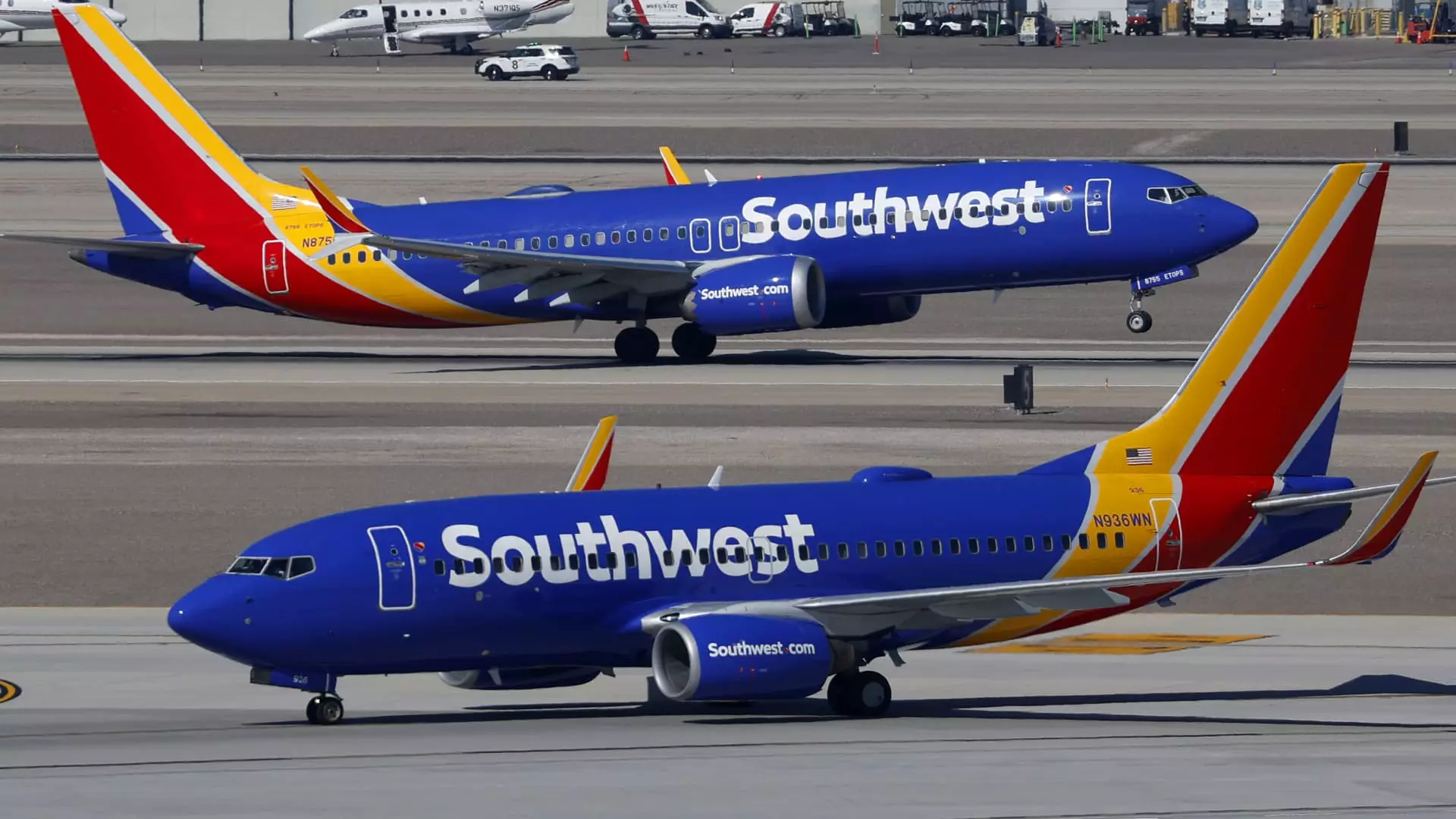Southwest Airlines, long celebrated for its customer-centric open seating policy, is undergoing a seismic transformation that signals a shift from tradition to profit-driven innovation. For over 50 years, travelers could arrive at the gate, find an unclaimed seat, and settle in without pre-planning—a reflection of Southwest’s commitment to human interaction, spontaneity, and simplicity. Now, that era is ending as the airline announces it will implement assigned seating starting January 27, with tickets for these seats available from July 29. This move isn’t just a minor adjustment; it’s a cultural upheaval that fundamentally challenges Southwest’s identity.
By replacing free-for-all seating with a tiered boarding process, Southwest is reimagining its boarding system to maximize efficiency and revenue. While justified as a strategic necessity in a competitive landscape where rivals have already embraced assigned seating and ancillary fees, this decision risks alienating loyal customers who valued the freedom of choosing their seats on a whim. The airline’s rationale is clear: adapt to market pressures and tap into new revenue streams. Yet, at its core, this policy shift raises questions about whether Southwest is sacrificing its unique charm for short-term financial gains, potentially eroding the trust and loyalty it has built over decades.
Financial Incentives Over Customer Experience
Southwest’s bold move is driven by ambitious financial targets. The carrier forecasts an additional $800 million in earnings before interest and taxes this year, with a projected $1.7 billion boost by 2026—the kind of numbers where strategic sacrifices in customer experience seem secondary. The airline’s leadership sees assigned seating and associated fees as a way to diversify revenue sources in an industry characterized by razor-thin margins and fierce competition.
However, this shift also signifies a prioritization of profit over customer satisfaction. By removing the spontaneity of open seating, Southwest risks transforming an element of its brand identity into just another service driven by ancillary fees. While elite travelers and higher-tier customers will enjoy priority boarding and the chance to select preferred seats, the typical traveler’s experience will undoubtedly become more transactional and less personal. This transition challenges the essence of what made Southwest a beloved airline—its approachable, egalitarian ethos that promised affordable, friendly, and flexible travel.
The New Boarding System: Efficiency at a Cost
The new boarding process is designed with efficiency in mind: eight boarding groups based on customer loyalty, fare type, and other factors. Top-tier frequent flyers and premium ticket holders will board first, while “Choice” and “Basic” fare customers will follow. This stratification aims to streamline boarding and reduce delays—a commendable intent in principle, but one that risks fostering a divide between different classes of travelers.
Moreover, the removal of familiar boarding rituals like scrambling for seats or setting alarms to secure a spot in line could diminish the airline’s sense of spontaneity. Instead, passengers will be assigned to groups based on past loyalty and fare type, with seat selection potentially incurring additional charges. This structured approach, while efficient for the airline, might erode the egalitarian spirit that initially defined open seating. It’s a clear trade-off: convenience, devices, and predictability in exchange for potential alienation and dissatisfaction among those who valued the old system’s simplicity and fairness.
Premium Offerings and the Changing Face of Customer Loyalty
Southwest’s strategy involves reconfiguring aircraft interior layouts to include extra-legroom seats and selling premium options like early boarding. These initiatives cater to a customer base willing to pay more for comfort and convenience, yet they also deepen the divide between different segments of travelers. Loyalty programs are now tied to priority boarding and seat choice, reinforcing a tiered experience that privileges the big spenders.
While such offerings might boost revenue, they also risk fragmenting the otherwise inclusive airline culture Southwest cultivated. The airline’s emphasis on making the flying experience straightforward and egalitarian could be compromised by the proliferation of add-on fees and seat selection options. Loyal customers may feel betrayed if they perceive these changes as moving away from Southwest’s promises of affordability and fairness. For the casual traveler, this could be a discouraging shift, turning what was once an airline of the people into a service that favors those with deeper pockets.
A Critical Reflection: Profit Motive vs. Cultural Identity
At a fundamental level, Southwest’s decision reflects a broader industry trend—prioritizing revenue streams over the customer-centric values that once distinguished it. While acknowledging the necessity of innovation in an increasingly competitive landscape, this change merits skepticism. The risk isn’t merely operational; it’s cultural. An airline’s reputation is built not just on routes and prices but on the emotional connection it fosters with its passengers.
In a marketplace where airlines are increasingly become commodified, Southwest’s move could be perceived as a capitulation to the industry’s profit-oriented push, sacrificing its unique identity in favor of incremental revenue. If this strategy fails to balance efficiency with customer loyalty, Southwest might find itself losing the very community that made it special. It’s a gamble—one that could reshape the airline’s future, either securing its financial stability or diluting its brand into just another carrier chasing short-term gains.

